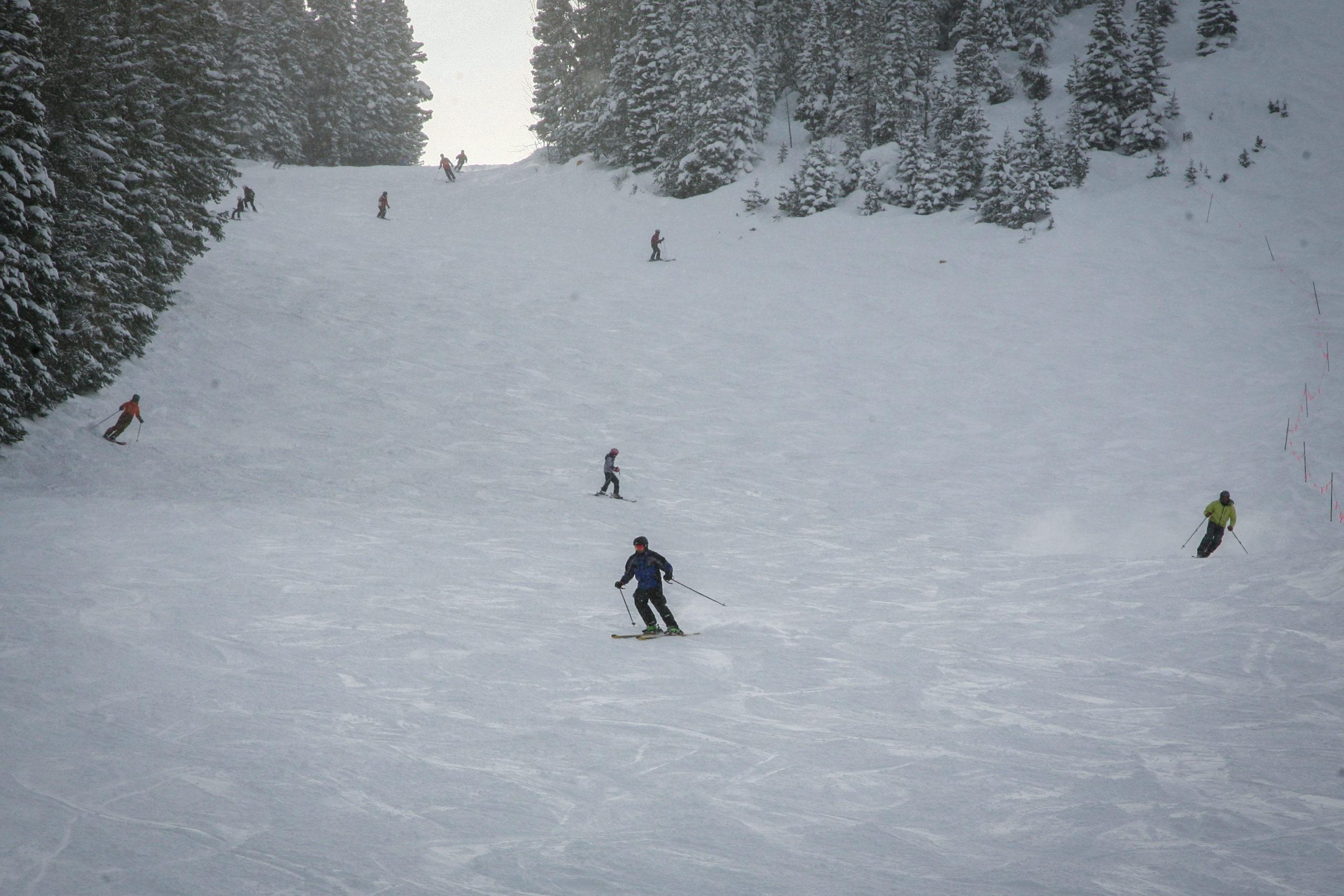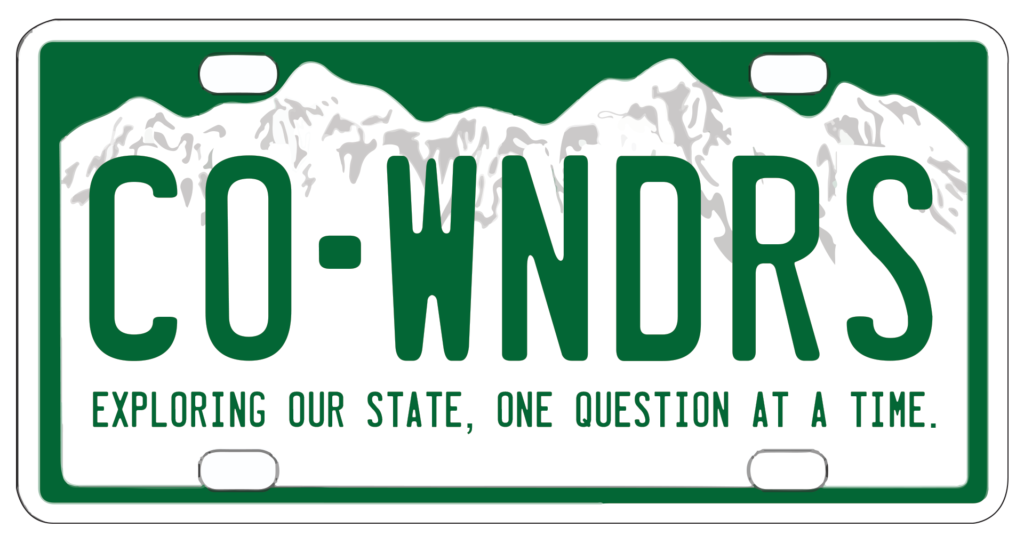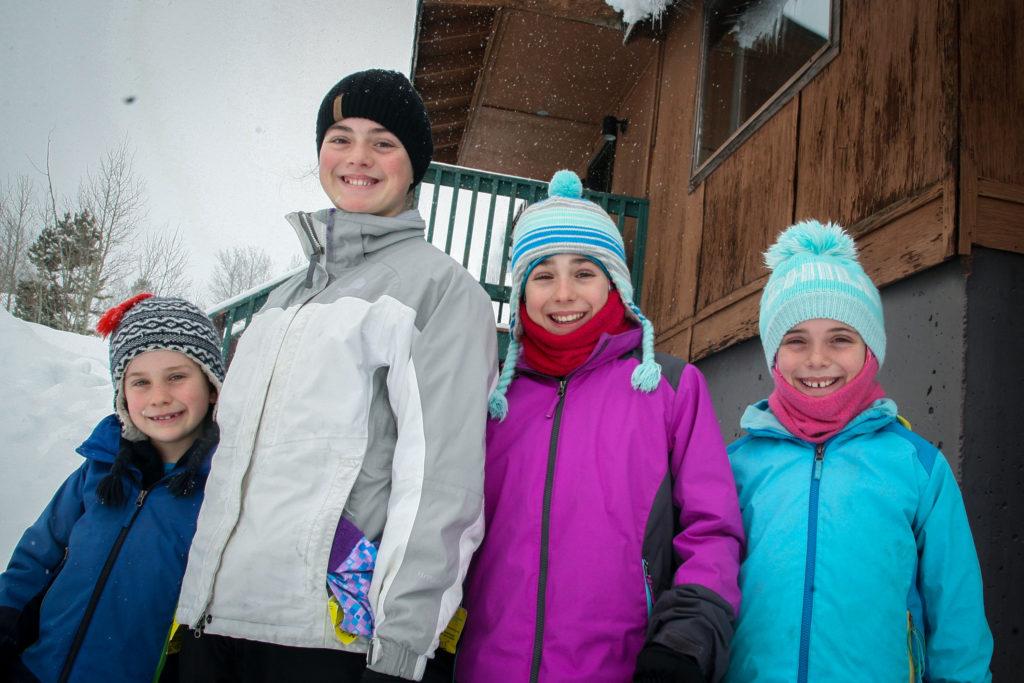
One of the quirkiest parts of skiing or snowboarding is when you tell your friends you're headed down Hairbag Alley. Or that you’re going to hit The Heathen or Pants Pooper. And those are the trail names fit to print.
Colorado has scores of ski runs to keep track of and it helps that many are unforgettable.

After a recent day on the slopes at Winter Park, the Ebel family of Fort Collins started to ponder these memorable monikers. Twelve-year-old Elsa, alongside her siblings 11-year-old Nora, 9-year-old Frieda and 7-year-old Ansel, saw a big map while they were out for dinner and “wondered, like, how people named all of the ski runs?”
So we went to Winter Park’s busy base village in search of answers and found Jen Miller, who works in public relations for the resort, right by the gondola. Winter Park is so old — 2020 marks its 80th season — there’s actually a book dedicated to its more than 150 trail names and Miller had it in hand.
We started going through the Ebel kids’ questions one by one. To start, what’s up with all those “Alice in Wonderland” trail names: Mad Tea Party, Jabberwocky, White Rabbit and so on? Did somebody really like the book?
The answer is yes and his name was Steve Bradley, one of Winter Park’s founders.
“The rumor is he could recite Alice in Wonderland, or parts of it,” Miller remarked.
It’s no wonder with that obsession that he bestowed a whole section of Winter Park with names from the Lewis Caroll book. But Miller added with a smile that this was likely long before copyright laws were strictly enforced.
And what about Baldy’s Chute, another one of the Ebel kids’ queries?
“Jim Baldwin was a much-loved member of the Winter Park Ski Patrol in the 1970s,” Miller replied as she read from her trusty guide
Baldwin was so beloved that when he died skiing on a nearby glacier, a double black diamond at Winter Park was named after him. Honoring people with ski trails is common, including Retta’s Run, named for a volunteer with the adaptive skiing program who died of cancer. Oh, and Winter Park’s famed Mary Jane nom de guerre isn’t about pot, contrary to popular belief. It’s in memory of a well-known madam who lived on that very section of mountain long ago.
And every once in a while, a run is named after someone who can still ski down it. Just ask 85-year-old Rod Slifer. If that name sounds familiar, it might be because you’ve skied down the hill named after him at Vail, Slifer Express.
He was part of the crew who opened Vail in the 1960s. It was a small operation then, but its few runs still needed to be called something.
Back in the day, the guys would walk these nameless routes, and at night “might sit around with a six pack of beer or something like that, and name trails,” he said.

While many of the runs were named in honor of the 10th Mountain Division from World War II, a lot of the ski runs were named on whatever the mountain muse whispered to them. A run that sort of curled around like a ram’s horn became Ramshorn. A trail with easy viewing from spectators became Look Ma, as in “Look, Ma, here I come!” Slifer joked.
And he explained that once these names were scribbled down in a notebook and agreed to over beers, that was it.
“I don’t recall any trails that were renamed,” Slifer said. “The original names stuck.”
They became part of history, regardless of whether they were named after a person, a place — or just a whim.
In the end, there is no one answer about how ski runs are named. There is just a collection of stories — myths and legends if you will — that expand each time a ski resort does.








